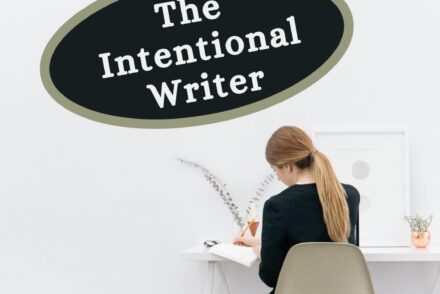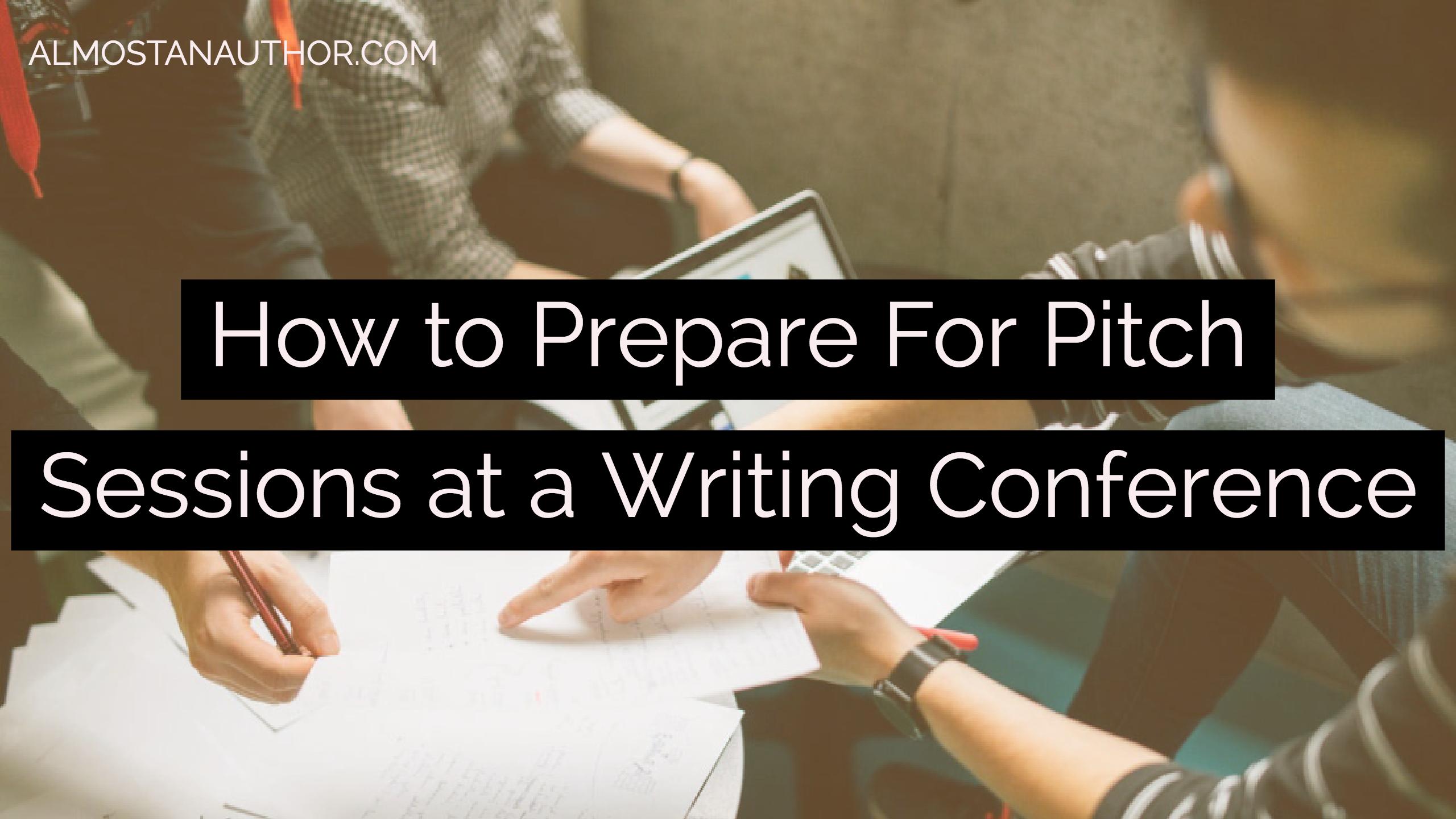Pitch Opportunities
Last month we put together pitches – the 30-second “What is your book about?” Unless you happen to end up next…
June 8, 2024Last month we put together pitches – the 30-second “What is your book about?” Unless you happen to end up next…
June 8, 2024
“So, tell me about your book.” What a great invitation – whether it is from family or friends or…
May 8, 2024
If you hope to pitch a book to a publisher, especially a non-fiction book, you will need to write…
November 24, 2023
You’ve worked hard to write your middle grade novel, and now you’re ready to sell it to a publisher.…
October 16, 2023
Many writers overlook a critical section in their book proposals: the competition section. After reading thousands of book proposals…
October 25, 2021
Writer’s conference season is upon us. If you’re like me, this time of year gets your creative juices flowing…
March 5, 2020
We’ve written the book, isn’t that enough? Now they want us to write a query, a pitch, a proposal,…
December 25, 2019
This past month I packed up my little bag, tucked my insecurity into the glove box and drove south…
May 15, 2018
I attended my first writing conference when I was sixteen-years-old. This is what lead to the publication of my first…
November 9, 2017